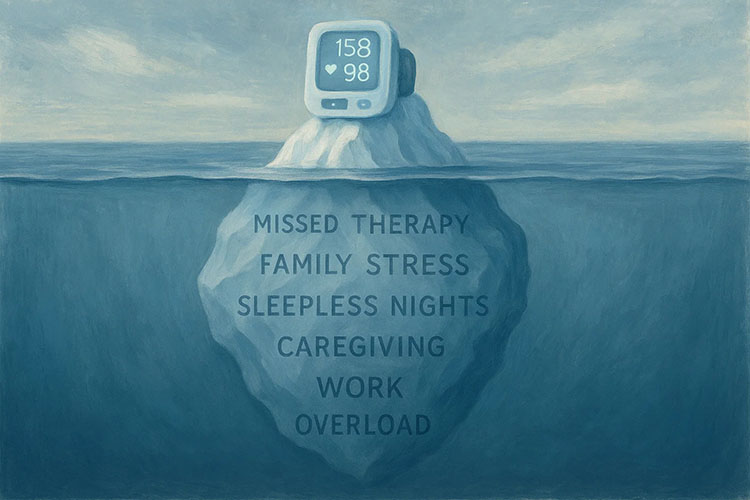
In May, the Better Medicare Alliance released a study on the 2021 State of Medicare Advantage. As expected, the state of Medicare Advantage is strong as our nation’s seniors truly understand the reasons they should enroll in a Medicare Advantage plan versus traditional Medicare.
The study reports that the benefits from Medicare Advantage have led beneficiaries to have a 98 percent satisfaction rate with their coverage!
The high satisfaction and additional benefits are expected to cause a significant growth in Medicare Advantage, adding nearly 20 million new participants over the next 10 years and 30 million over the next two decades.
For physicians, this presents a tremendous opportunity to grow their medical practice as additional baby boomers enter the Medicare market.But, this market is not without its challenges. The report states that 67 percent of Medicare beneficiaries have two or more chronic conditions. Increased health costs are driven by those patients with chronic conditions. Specifically, individuals with multiple chronic conditions account for 94 percent of Medicare spending. That spending translates into the time spent with patients for any physician.
Do you want your office to be spending 94 percent of its time on just 67 percent of your patients?
Of course not!
This is where Remote Patient Monitoring, or Remote Physiologic Monitoring, comes into play. By installing a Remote Patient Monitoring Program, a physician is enabled to monitor those chronic conditions automatically with data delivered through connected devices.
For example, if a patient has diabetes as a chronic condition, a physician can monitor the daily blood sugar levels with a glucose monitor connected to the Remote Patient Monitoring software.
If a patient has COPD as a chronic condition, a physician can monitor the daily oxygen levels with an oximeter connected to the Remote Patient Monitoring software.
And, if a patient has hypertension as a chronic condition, a physician can monitor the daily blood pressure levels with a blood pressure cuff connected to the Remote Patient Monitoring software.A March 2017 article by the Fiscal Times stated “The Veterans Health Administration, a pioneer in this area, found that these solutions can reduce hospitalizations by as much as 40 percent for some diseases.”
One of the key focuses of The Centers for Medicare and Medicaid Services is to keep people out of the hospital, which is why they offer significant reimbursement for Remote Patient Monitoring services.
At Medek RPM, we’re committed to helping physicians meet the coming demand of new patients by providing a full team of care professionals, a selection of connected devices, and a complete billing and reimbursement department for physicians.
These services are usually paid for directly by reimbursement from CMS, state Medicaid programs, or private insurance.
To learn how Medek RPM can assist your practice and your patients, please reach out to us directly.





